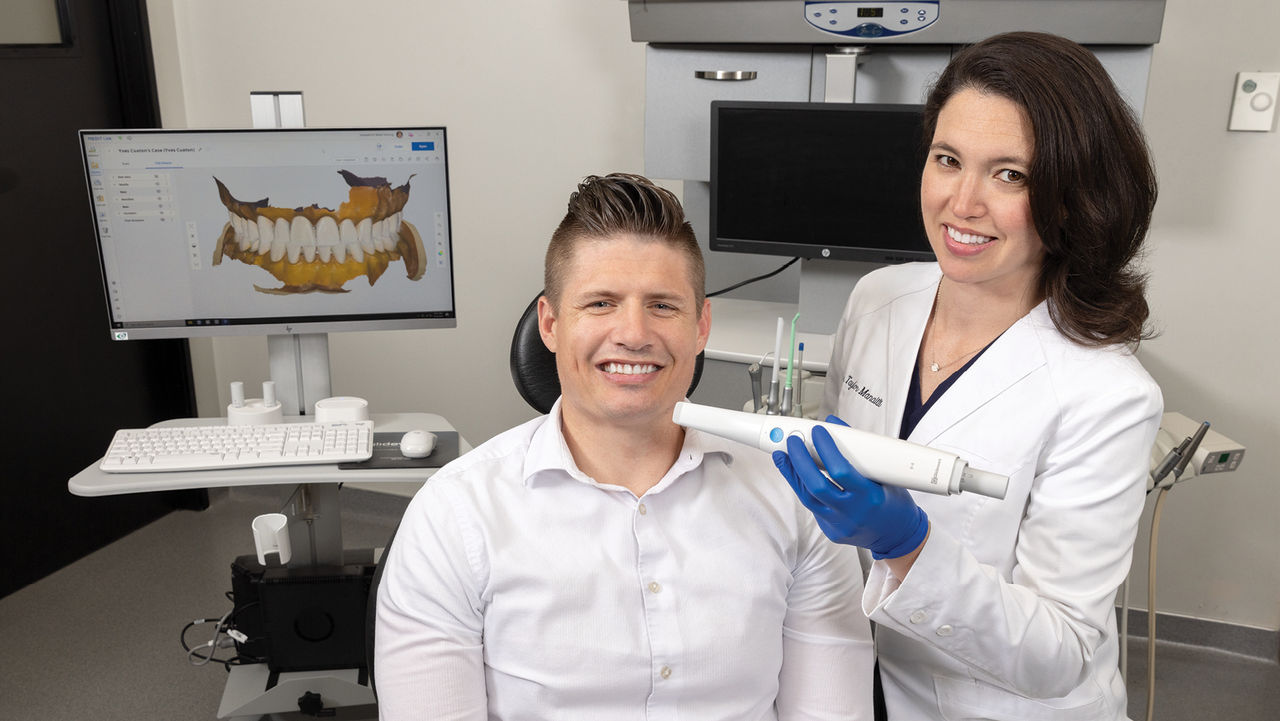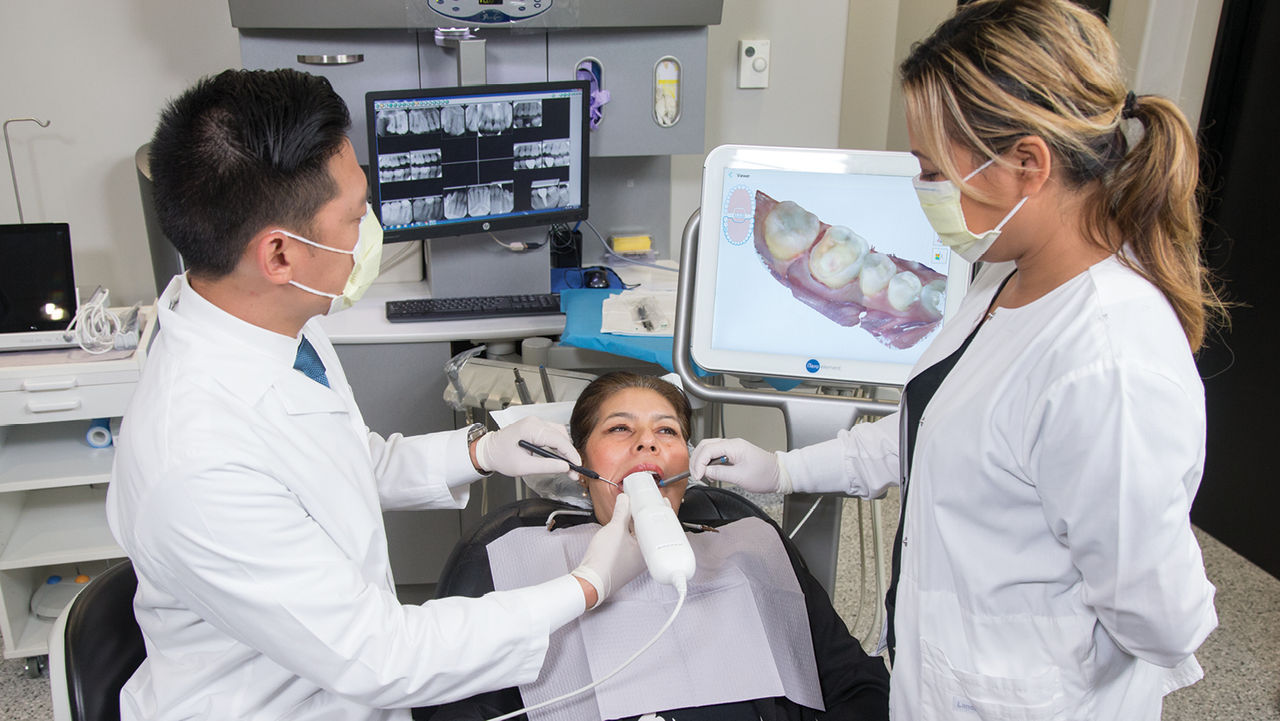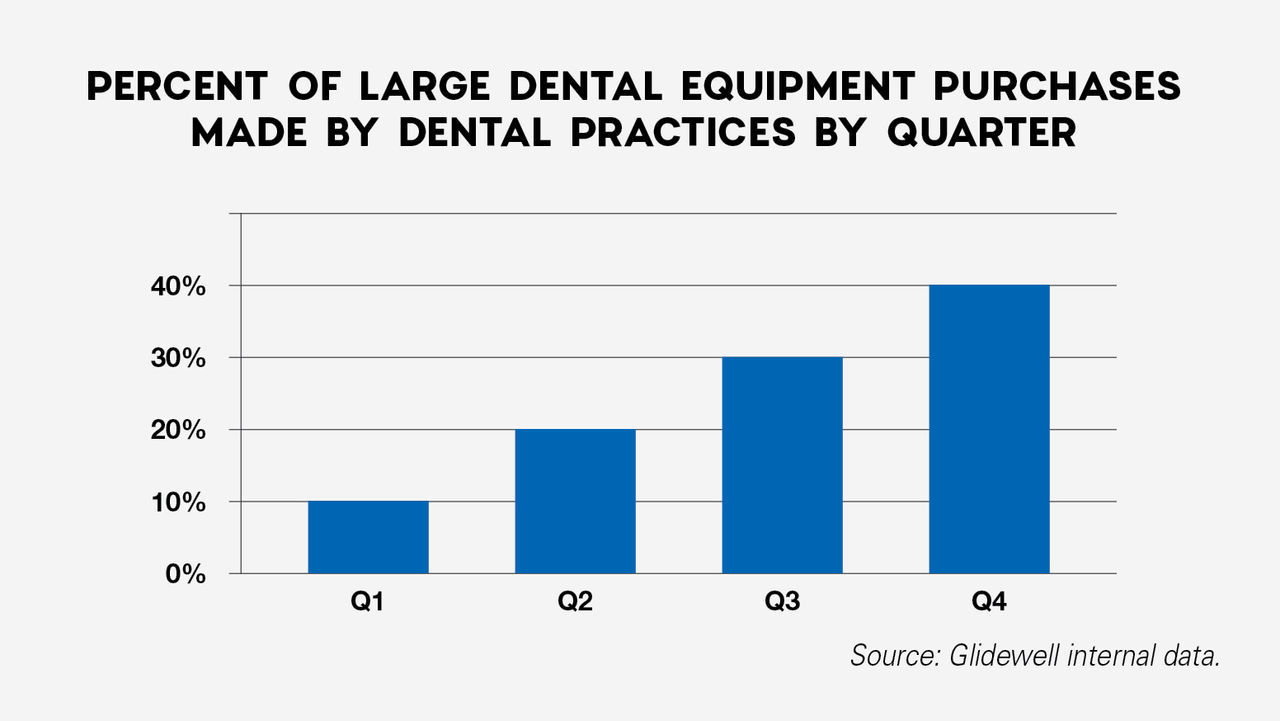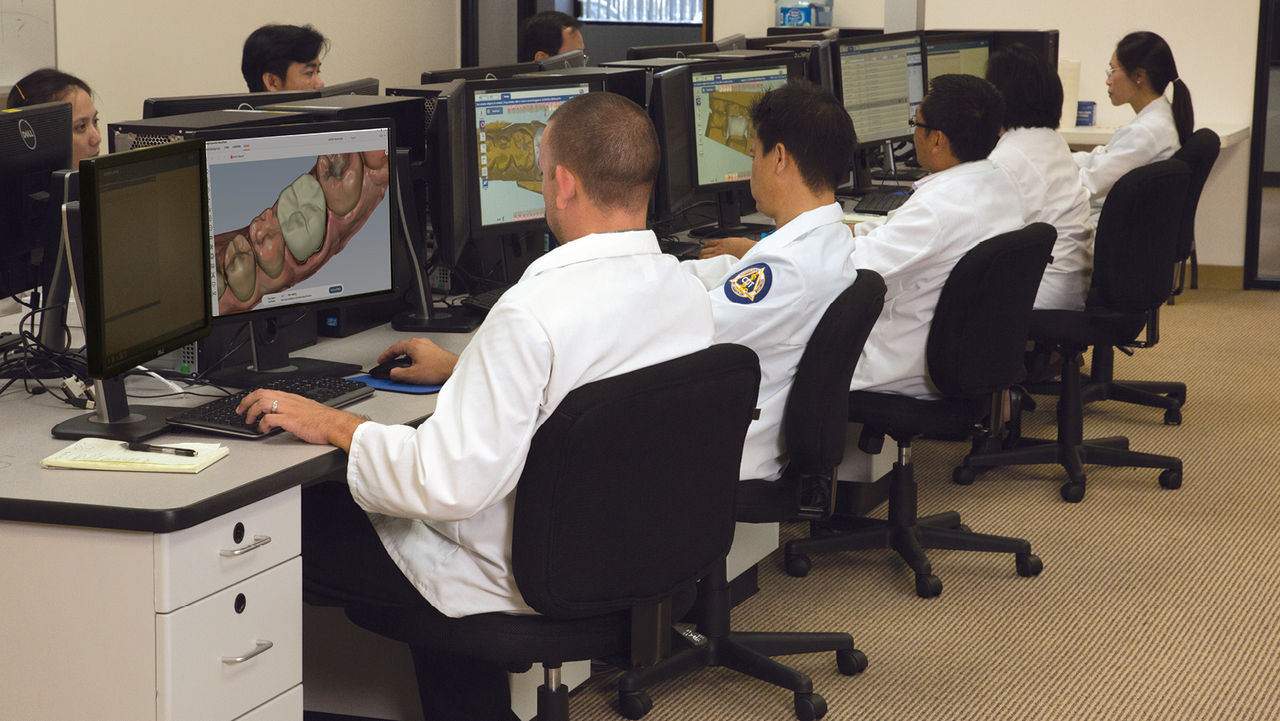Perhaps the biggest question to ask yourself when shopping for an intraoral scanner is why. Why do you want one? Are they worth the time and financial investment? What benefits do they present? Here are some of the most notable benefits to owning a scanner:
Increase Profit
Adopting an intraoral scanner is the first, most important step you can take to becoming a digital practice. They are easy to use and, depending on the lab you send impressions to, can reap immediate savings when sending in impressions. These savings are tied to eliminating outbound shipping fees and cutting down on physical impression materials. Some labs even offer discounts on restorations when impressions are sent via intraoral scanner, further enhancing your profit margins and cutting down on costs.
Save Time
Picture this scenario: You take your patient’s impressions using physical materials, then send the impressions to the lab and wait for the restoration only to get a call saying your impressions are slightly off and you need to send new one. Now you have to call your patient, bring them back for another appointment, resend the impressions, and wait for the restorations to arrive.
When using intraoral scanners, you can view the impressions as you take them, allowing you to monitor the quality of the image and ensure they are clear and readable. Scanners with advanced design software, such as the fastscan.io™ Scanning Solution, will also indicate when a scan is not usable before you send it off.
Lastly, sending impressions via a scanner allows you to skip the outbound shipping phase — saving valuable time for you and your patient.
Patient Happiness
The advantages of an intraoral scanner don’t just start and stop with the clinician. Your patients will also appreciate the ease and speed of a scanner. You can capture accurate impressions without filling their mouth with goopy material or making them gag with an impression tray. Patient comfort goes a long way in increasing their satisfaction and likelihood of recommending your services, making the use of a scanner a true win-win scenario.










